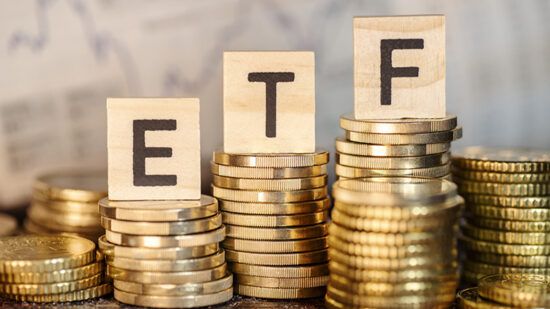“Anaemic” growth has left Europe more vulnerable to recession risk than other major economies, according to BNP Paribas.
In the group’s 2024 investment outlook, Stepping into a New Reality, Daniel Morris, chief market strategist for the London office, wrote: “Europe is the region where pessimistic forecasts were largely realised – and where pessimism is potentially still merited. Europe has faced a similar increase in policy rates as the US, and a bigger jump in energy prices, but with less fiscal stimulus.”
He added: “The eurozone may well experience a mild recession in 2023 and, by our estimates, will hardly grow in 2024. Another external shock could easily tip the region into a deeper recession. For all that, we do not see inflation decelerating much more quickly than in the US, meaning our outlook on Europe is essentially one of stagflation.”
All of which echoes Expert Investor’s report back in September on Germany being “the sick man of Europe”. Back then, the OECD’s Interim Report September 2023: Confronting Inflation and Low Growth found global GDP advanced at an annualised pace of 3.2% in the first half of the year. While growth was strong in the US and Japan, however, it remained weak in Europe – particularly Germany. The following month, the IMF warned Germany was headed for a deeper recession than previously thought.
Infrastructure debt
One promising area picked out by BNP Paribas was infrastructure debt, which the group suggested could deliver “a resilient performance even in a challenging economic environment”.
“In a macroeconomic environment characterised by volatility, rising interest rates, high inflation and geopolitical tensions, infrastructure debt has demonstrated its ability to serve as a resilient solution for investors looking for long-term income, stable cashflows and diversification versus other asset classes,” the report noted.
“Performance was strong across sectors in 2023, with some exceptions in markets that have seen particularly steep increases in capital expenditure costs. Looking ahead, the contracted revenues, strong regulation and inflation pass-through characteristics of infrastructure debt mean that, in our view, the asset class is well-placed to weather continued uncertainty in 2024.”
The report also highlighted the relationship between artificial intelligence (AI) and infrastructure, commenting: “Digitisation has long been a driver of the development of infrastructure assets, and AI represents a big step forward given its ability to act an enabler for new solutions, optimising the design and use of infrastructure assets and the management of data.
“The applications are widespread. In power supply, for example, AI technology can optimise energy consumption to realise economies of scale, as well as identifying efficiencies in the management of the electricity production grid. In 2024 and beyond, we expect AI to support the building of better, more efficient and greener assets across the whole asset class.”







